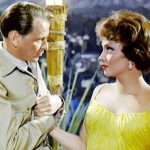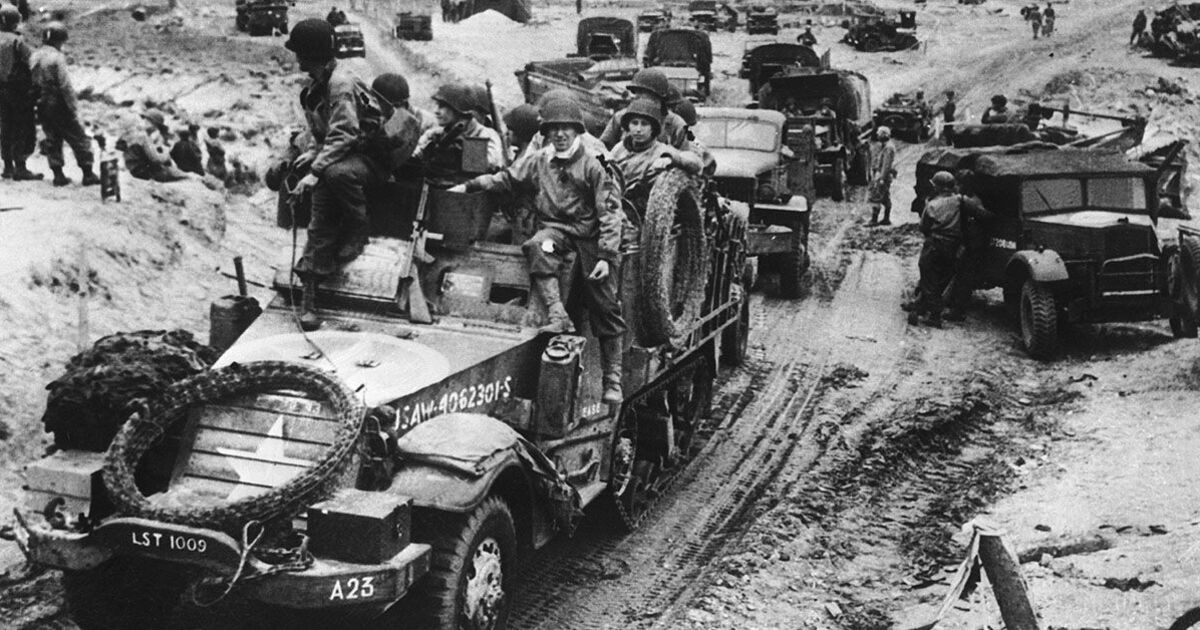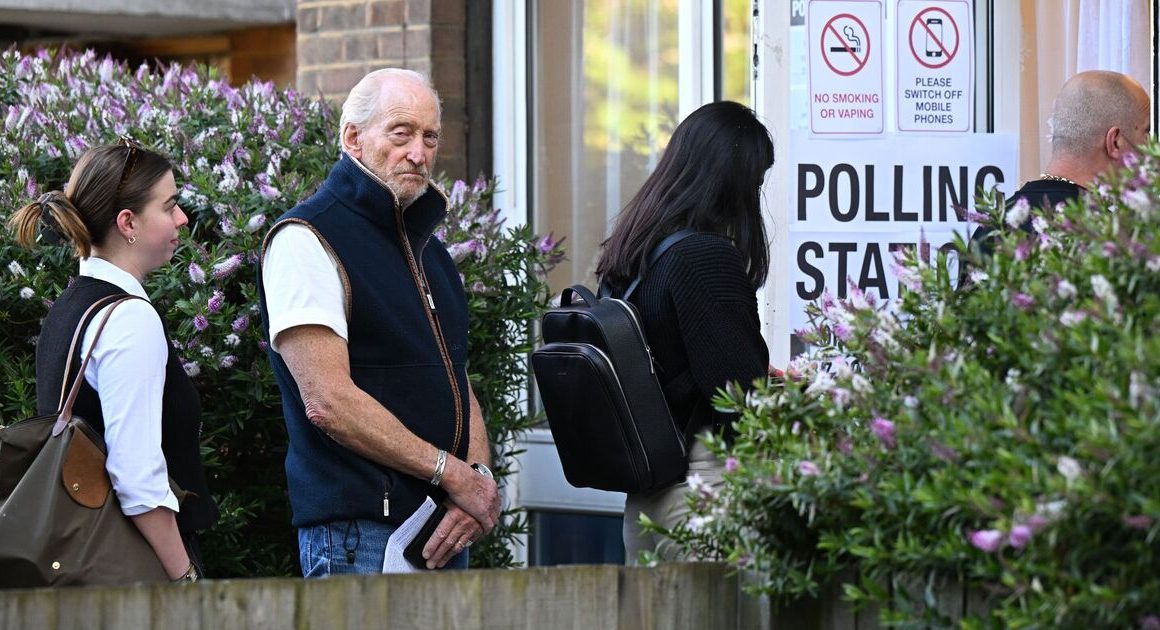It is an often overlooked fact that the first Allied soldiers to see action on D-Day 80 years ago did not arrive as part of the massive Navy flotilla. They flew in silently, in the dead of night, in gliders, dropping men, guns and armour into crucial, and deadly, areas behind the German lines.
These were the highly-trained soldiers of the Glider Pilot Regiment, and their D-Day started just after midnight on June 6, 1944, as the first tranche of planes tasked with taking and holding the bridge over the River Orne took off from Tarrant Rushton airfield in Dorset.
Members of the Glider Pilot Regiment Society have written the piece below for Express.co.uk.
The Coup-de-Main ‘Pegasus Bridge’ attack was the first allied action of D-Day. Ahead of the amphibious D-Day beach landings the Glider Pilot Regiment played a crucial role taking part in three separate operations on June 6, 1944.
At approximately 00.15 in the early hours of D-Day the Coup-de-Main attack on the Orne River and Caen Canal Bridges (later known as ‘Pegasus Bridge’ and ‘Horsa Bridge’) took place.
This attack consisted of six Horsa gliders carrying Major John Howard’s D-Company of the Oxfordshire and Buckinghamshire Light Infantry plus a platoon of Sappers and equipment assigned to the attack on the bridges.
The handpicked and trained Glider Pilots had undergone intensive training for the night landing.
This landing would be the initial action of Operation Overlord, the Invasion of Normandy and was an unqualified success with all but one of the 6 Horsa Gliders landing within yards of their targets.
The bridges were swiftly captured and then held against enemy counter attacks.
The second wave of Glider landings on D-Day consisted of 17 Horsa gliders which carried the 3rd Parachute Brigade HQ, elements of the First Canadian Parachute Battalion, field ambulance units, Anti-Tank Guns, and Heavy weapons and equipment. This wave landed between 00.26 am and 00.46 am in the early hours of June 6th.
The third wave was made up of 68 Horsas and four of the huge Hamilcar’s Gliders. This wave arrived at approximately 03.00 in the morning. It carried 6th Airborne HQ, elements of the 6th Airlanding Brigade, and heavy 17-pounder anti-tank guns and towing vehicles carried in Hamilcars.
Three of the Horsas in this wave were to cast off and crash land on top of the menacing Merville Gun Battery and reinforce the attack by A. Coy 9th Battalion the Parachute Regiment on the Battery.
The fourth mass wave of Glider landings, Operation Mallard, landed at 21.00 hours on the evening of ‘D’ Day and consisted of 30 Hamilcar’s and 226 Horsa Gliders. This landing carried the rest of the 6th Airlanding Brigade.
This was the first time in history that an glider Armoured Formation had been flown into battle.
The 6th Airborne Divisions Armoured Reconnaissance Regiment was flown in 29 Hamilcar gliders. These gliders carried “Dingo” armoured scout cars, “Bren Gun” universal carriers, and “Tetrarch” Airborne Tanks. This ended the Glider Pilot Regiment’s participation in the Normandy invasion, but not without the loss of 34 Glider pilots who were killed in action along with many more wounded or taken POW.










